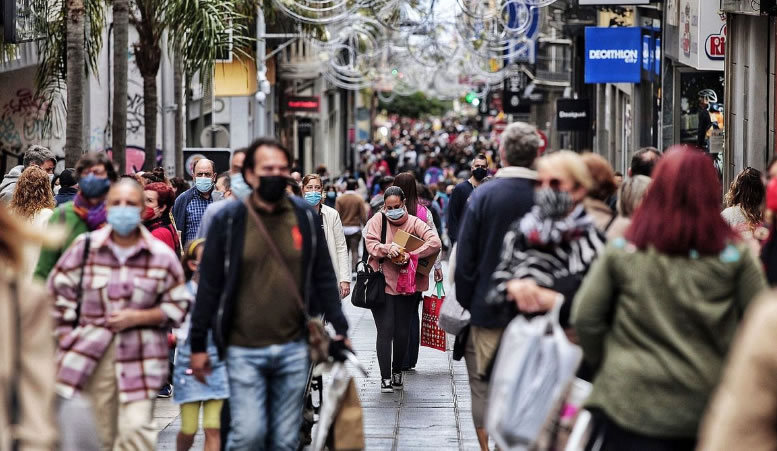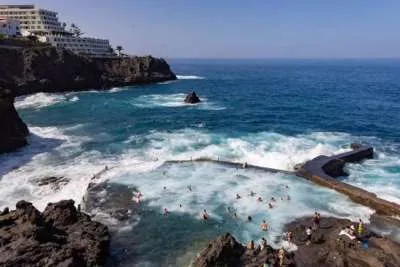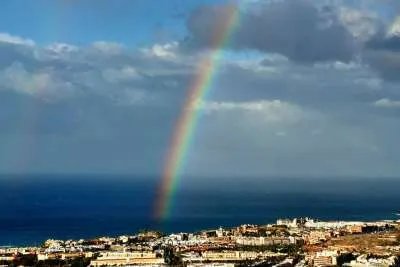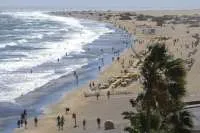Tenerife’s population growth is five times that of Gran Canaria
- 17-01-2021
- Business
- Canarian Weekly
Tenerife is consolidated as the most populated island in the Canary Islands, and leads population growth in the Archipelago with five times the population increase of Gran Canaria, in the last five years. The National Institute of Statistics (INE) has published the official revision of the municipal Register of data, which widens the population gap between the two capital islands.
Between 2016 and 2020, Tenerife gained 40,420 new inhabitants, the equivalent number of people to a town like La Orotava, but in the same period, Gran Canaria added just 7,691 new residents, the population of El Paso in La Palma.
In 2015, Tenerife had 888,184 inhabitants and Gran Canaria, 847,830. The population difference back then was 40,354 people in favour of Tenerife. According to the new data recently published by the INE regarding 2020, Tenerife now has 928,604 inhabitants, 73,083 more than Gran Canaria which has 855,521.
The growth rate is much faster in Tenerife, but it also started earlier, specifically in 2016, when it gained 2,927 inhabitants while Gran Canaria continued to lose population in 2016 (-2,635) and 2017 (-2,037). The numbers have increased in Gran Canaria since 2018 (+3,559), but the rate of increase is much lower than that of Tenerife. In 2018, 2019 and 2020, Gran Canaria gained 3,559, 4,514 and 4,290 inhabitants, respectively. In those three years, Tenerife added 10,077, 13,128 and 10,763, an accumulated difference of 21,605 more in just three years.
The INE data indicates that in 2020 Tenerife continues to lead the population growth of the Canary Islands by contributing 10,763 new inhabitants, just over half of the growth in the entire Archipelago. The differences with the rest of the islands are evident: Gran Canaria gained 4,290 residents; Lanzarote, 3,523; Fuerteventura, 2,846; La Palma, 787; El Hierro, 179; and La Gomera, 175.
The professor of Human Geography at the University of La Laguna (ULL), Vicente Zapata, emphasizes that “based on these provisional data, Tenerife registers half of the growth that the Canary Islands as a whole have experienced, 10,763 people out of a total of 21,085, which is 51%, and is growing at 1.17% compared to 1.0% regionally.”
The Tenerife population has been recovering after the end of the last economic crisis, but this last year it grew less than the previous one, which is logical in an atypical and very complex year due to the effect of the pandemic. However, it has continued to add inhabitants.
IMMIGRATION IS THE KEY
Zapata says that an analysis on a national scale helps to understand the reason for this growth: “Natural growth is really meagre, meaning, once again, that immigration is the fundamental factor that explains the growth in population. In the last two years particularly, the number of Latin Americans coming to the island has increased, particularly from Venezuela, as well has the number of Italians among the European community in Tenerife.”
"We still do not know the overall effect of the pandemic on the departure of people, who have been affected by the cessation or slowdown of economic activity, this is something that will have to be assessed properly in the coming months.”
In Zapata's opinion, “it will also be necessary to assess the extent to which the islands have become a refuge for a population of European origin, who have been most affected by the pandemic in countries like the United Kingdom or more recently Germany, France and, above all, Italy.”
The data from the Municipal Register reflects a population growth in all the municipalities of Tenerife with four almost anecdotal exceptions: La Matanza and Garachico, which lose two inhabitants each; Tegueste, which lost seven compared to 2019, and La Victoria de Acentejo, which after years of sustained growth lost 27 inhabitants, a meager 0.29% of its total population (9,158).
The towns that increased their population the most in percentage terms, are: San Miguel (+3.51%), El Tanque (+3.22%), Vilaflor (+2.87%), Adeje (+2.42%), Güímar (+2.33%), Granadilla (+2.16%) and Guía de Isora (+2%).
In absolute terms, and according to their greater demographic weight, the main increases are concentrated in Santa Cruz (+1,882), La Laguna (+1,408), Arona (+1,561), Adeje (+1,161) and Granadilla (+1,087). The insular population growth is centred in the southern municipalities, which have 6,257 new inhabitants, and in the metropolitan area, which contributes 3,409 more inhabitants. In the North the increase is 1,097 people, 5.7 times less than in the South.
Other articles that may interest you...
Trending
Most Read Articles
Featured Videos
A Vision of Elvis Tenerife Promo
- 10-05-2025
TEAs 2025 Highlights
- 17-11-2025

























































